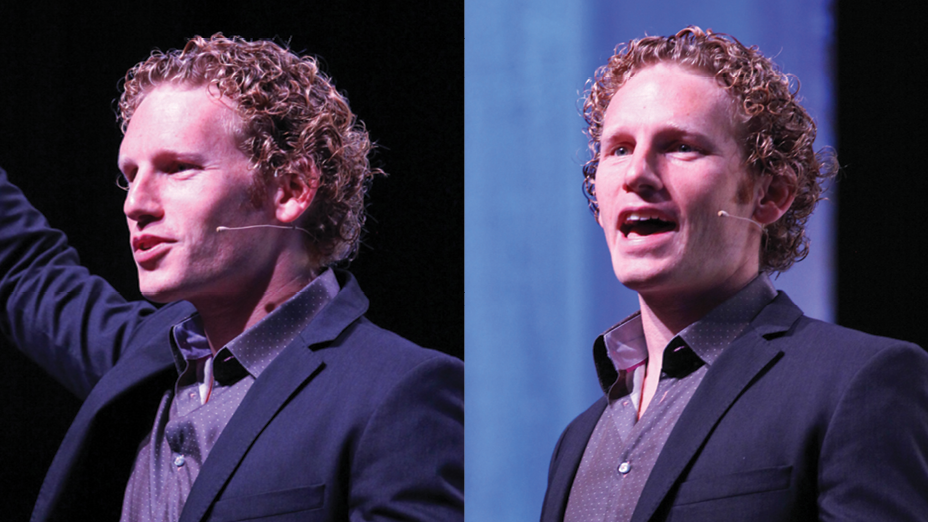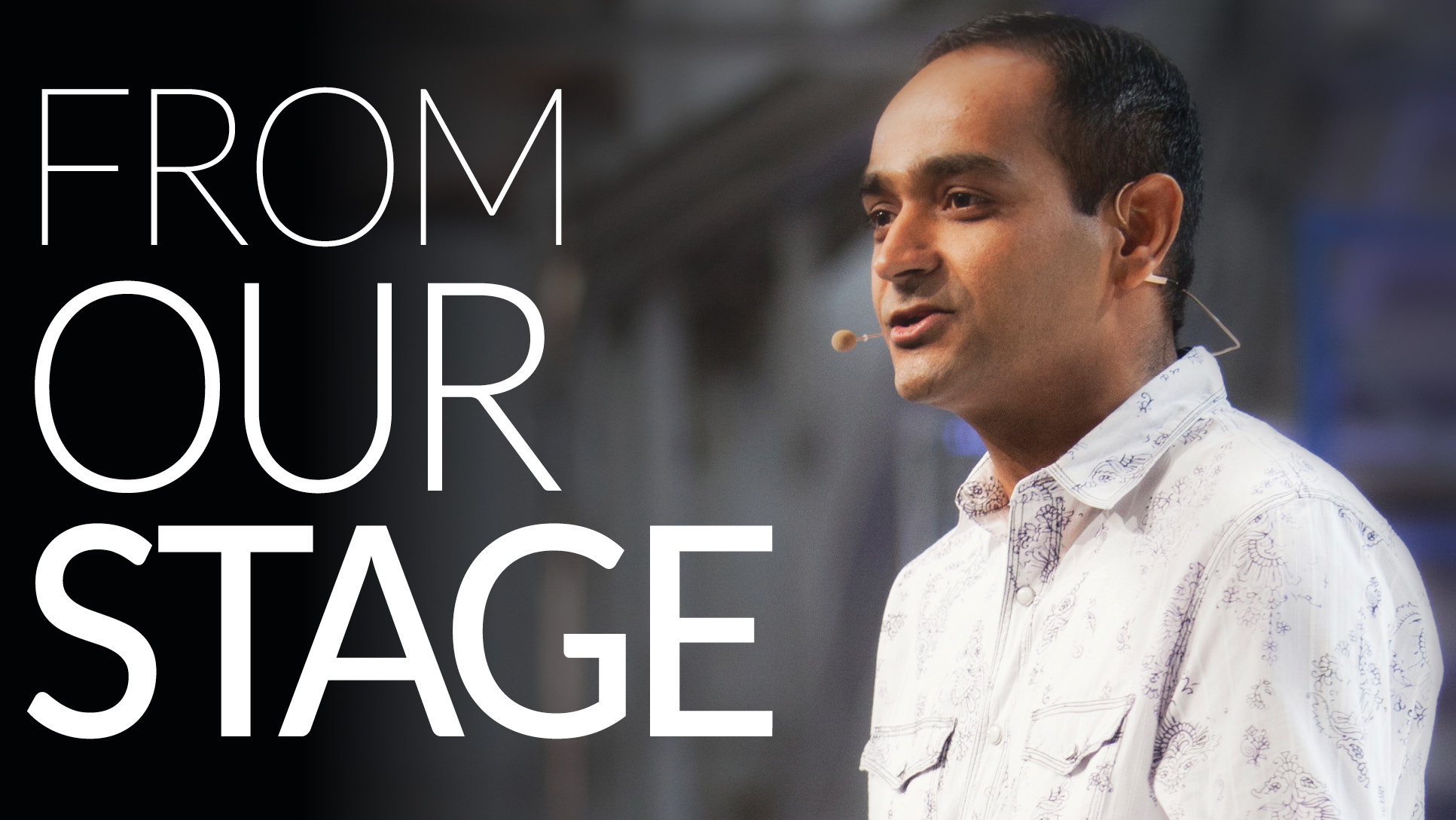In January, 2011, the World Economic Forum and Bain & Company published a report entitled “Personal Data: The Emergence of a New Asset Class.” The report quotes Meglena Kuneva, the European Consumer Commissioner, describing personal data as “the new oil.” Certainly most of us would agree that customer data is a resource that, as the report describes it, has become as important a foundation for modern business as capital or labour.
Certainly the rise of readily accessible, large and diverse data sets has profound implications for those marketers who have long enjoyed a successful and profitable history of building strong customer relationships. We’ve built those relationships by leveraging two key competencies: The ability to reward customers in a way that encourages loyalty and moves them towards greater engagement, tenure and advocacy; and the ability to manage the explicit exchange of information between customers and companies to deliver targeted, relevant and personalized offers.
"If you don’t leverage your customer data, others will."
But everything marketers understand about customer loyalty is changing. A paradigm shift is underway, and nowhere is that change more profoundly felt than in the collection and use of customer data for marketing. While change is never easy, it represents opportunity—and this paradigm shift gives us the chance to leverage customer data in a way that enhances and deepens customer relationships in an environment of value and trust. While marketing theory has sometimes outpaced our operational realities, new technologies are rapidly expanding our range of possibilities—and we’re entering an age in which we can finally fulfill the promise of customer-centric marketing.
That said, a struggle is already underway over the control of customer data – for control of the relationship between brands and consumers, and for the right to deliver relevance and reward in the consumer’s search for value and recognition. This revolution in customer insight and communication, driven by the digitization of everyday life, has created a relentless stream of new technologies and initiatives that threaten to overwhelm both the needs and the patience of our customers.
On one side of the battle lines lies some of the world’s largest data aggregators and social media companies, which continue to offer behavioural targeting services that invite skeptical media coverage accusing these companies of treading on consumer privacy, remaining opaque to regulators and offering complex opt-out options. On the other side, we find marketers who use data to build customer relationships on a foundation of value and trust. These marketers collect customer data through well-established models of recognition and reward that provide a safe haven for consumers, display better targeting capabilities and deliver demonstrable return on investment.
But those of us in the latter camp can’t remain complacent in the security and sanctity of our customer relationships. To win the battle for relevance, it has become imperative for the classic customer loyalty cycle to evolve beyond its roots. Technology, the global economy and customer demographics have profoundly shifted the customer loyalty landscape in ways that will require marketers to focus on these new imperatives:
• Extend the loyalty cycle.
Most loyalty marketing initiatives traditionally focus on the transaction: Tracking customer behaviour requires only the swipe of a plastic loyalty card or payment card at the point of sale. Likewise, the customer loyalty cycle focuses solely on the core behaviour of purchases, earning and redemption. But those days are fast ending. It has become critically important to identify not only customer transactions, but also customer interactions across every digital channel and communication platform.
• Connect the data dots.
In addition, marketers around the globe are engaged in a race of sorts to “connect the dots” between these varying data touch points to better understand customer behaviour. All of us have pieces of the consumer puzzle, and loyalty marketers typically have more of those pieces than most. But the winners will be those marketers who can successfully unite disparate sources of data in order to paint a complete picture of the customer relationship.
• Deliver value and relevance.
Influencing customer behaviour to build loyalty with the next generation of consumers will require us to deliver real value and relevance through our marketing offers. There are nearly 9 million Generation Y consumers in Canada, who have extremely high expectations of their brand relationships, and who demand immediate gratification from reward programs. Delivering this value will require marketers to derive maximum efficiency from their marketing dollars.
By focusing on these imperatives, customer-centric marketing will evolve in a way that builds value for customers, companies and their stakeholders. And by evolving our processes, we’ll continue to excel at guiding our customers along their journey towards brand loyalty. Over time, the lion’s share of marketing spend will migrate to those companies that adopt the perspective of their customers, understand their needs, and work backwards, rather than to those that begin with the technology and try to force fit it based on their needs rather than those of their customers.
The value that can be derived from data holds a few other key implications for marketers:
• If you don’t leverage your customer data, others will.
If you don’t collect and use proprietary customer data, other companies, including your competitors, will collect and use data on your customers. In many cases, that data will come from sources that have not asked for consumer permission and which do not enjoy consumer trust—and the results may impact your customer relationships in ways entirely outside of your control.
• If you don’t deliver the right offer, others will.
Without the ability to consistently deliver the right message or offer to the right customer, in the right place, at the right time, and in the right way, you will always find your customers vulnerable to competitive promotions. The right offer will come from somewhere— and if it doesn’t come from you, then you’ve already lost the battle for customer loyalty.
"Extend the loyalty cycle. Most loyalty marketing initiatives traditionally focus on the transaction."
• Remaining on the sidelines is no longer an option.
Every consumer- facing company in every industry must develop, execute and evolve a data-fueled customer loyalty strategy in order to maintain control of and build value into their customer relationships.
Those companies who fail to evolve their customer loyalty strategy at the enterprise level will increasingly find themselves falling by the wayside. That’s because so much of today’s marketing activity, as technically impressive and buzz-worthy as it may be, is not designed to offer timely, relevant, and rewarding solutions to consumers’ complex lives.
In today’s globalized, fragmented economy, the winners will increasingly be separated from the losers by their ability to collect, analyze and derive actionable insight from this data. Those marketers who hope to stay ahead of this revolution must develop or acquire the ability to deliver marketing solutions that benefit both companies and their customers. Only then will we be able to extract, refine and harness this new commodity of consumer information in a way that secures its continuing supply.





.png)



What Did You Think?